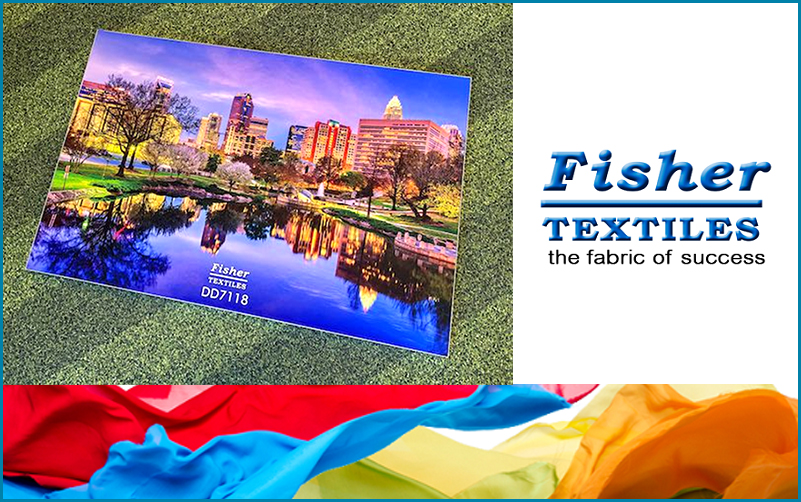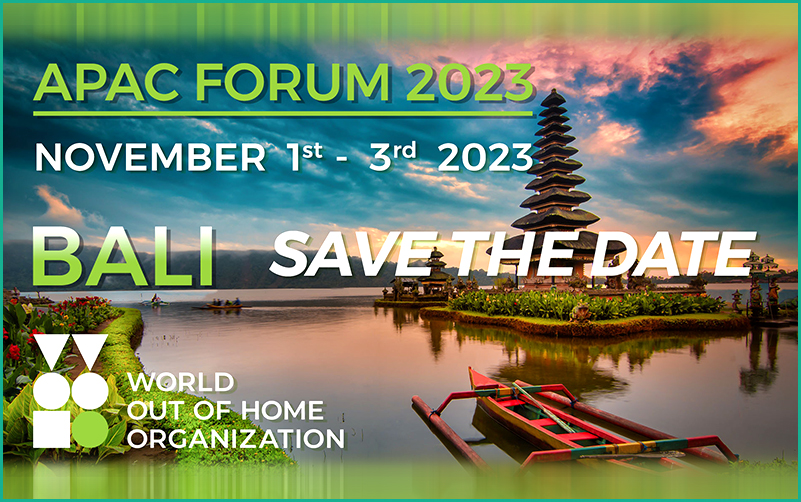
3M transforms virtual reality into reality
30 June 2021: In the early 2010s, a handful of 3M scientists were given an open-ended mission: apply the company’s extraordinary array of technologies to a big, emerging opportunity. “3M likes to discover opportunities that are technically very challenging, that require large-scale manufacturing and where being early creates a strong competitive advantage,” explained Erin McDowell, AR VR Business Development Senior Manager.
“One of the first opportunities explored by the team was in specialized light-emitting diodes or LEDs, as a light source for wearables. At the time, we decided that LEDs weren’t that attractive of a business for 3M,” recalled Tim Wong, Advanced Product Development Specialist. “It was clear to us that wearables were going to be big. So, we shifted our focus and asked ourselves, ‘Where does this market need our particular set of skills.”
“VR optics are way easier because they are occluded, unlike the see-through optics of AR. MOF reflectors have a lot to offer here. To achieve a wide field-of-view, most VR headsets today use a large display paired with a Fresnel lens,” he said. “This combination requires a long focal length which essentially results in a bunch of dead air space between the lens and the display, hence the large and bulky headsets of first-generation VR. But you can get even better resolution and magnification with folded optics using MOFs, which are lighter and thinner than a Fresnel lens, and can use a smaller display panel, further reducing headset size.”
“3M’s folded optics are a modern interpretation of a technology first explored by Isaac Newton when he used mirrors to collapse the light path of early telescopes. Skip more than 300 years to the 1970s and researchers recognized they could improve the optics of many devices by replacing the mirrors with birefringent reflective polarizers. Combined with a beam splitter, these polarizers could provide compact design, high resolution, and a wide field of view-in theory. In practice, conventional wire-grid or cholesteric reflective polarizers weren’t efficient enough to produce images with acceptable quality. It wasn’t until the 1990s, when 3M was creating polarizers at scale for laptops and other devices.“
“Over the years, 3M had created businesses that relied on imaging optics, such as pocket-sized pico projectors and huge projection television components,” said Kent. “We could draw on scientists and manufacturing engineers who’d worked on molding components for those projects. We needed expertise in imaging and optics modeling, so we brought in experts who’d worked in 3M’s dental imaging business.”
“As of mid-2021, 3M is producing the folded optics for high-resolution VR headsets. For customers who prefer headsets with curved lenses, 3M will supply the folded optics integrated with the lens; for customers who prefer flat lenses, 3M will provide standalone films.““As for the future? “We have made tremendous progress, but we know we have to get better and we will,” McDowell said.
www.go.3M.com/arvr






